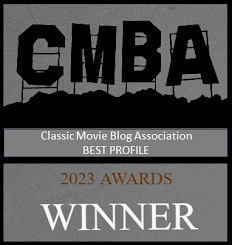The quintet consists of: a gambler (Mike "Touch" Connors); a sociopath and his older brother (Jonathan Haze and R. Wright Campbell); a cattleman (Paul Birch); and an outlaw (John Lund), who becomes the group's de facto leader. Amid much bickering, alliances are secretly forged among the men as they make their way to a stagecoach station near an abandoned mining town. Once there, they encounter a young attractive woman (Dorothy Malone), who runs the station with her boozing uncle. Jealously quickly pits the killers against each other as they await the stage.
Made in 1955 for a paltry $60,000, Five Guns West marked the directorial debut of maverick filmmaker Roger Corman. The former Stanford University-educated engineer wasn't new to the film business. By the mid-1950s, Corman had produced three films and decided he could save money by directing his own movies.
Five Guns West is a textbook example of how to make a film on a shoestring budget. Other than a few extras, there are only seven characters--limiting the costs of cast salaries. Most of the action takes place outdoors, so few sets were required. The Indians, mentioned several times as a threat to the mission, appear only via stock footage.
 |
| Dorothy Malone. |
 |
| Paul Birch and Mike Connors. |
Given its budget limitations, Five Guns West is a watchable Western reminiscent of the later fact-based blockbuster The Dirty Dozen (1967). The opening scenes on the trail are well-written and hint of a tight drama of internal friction. However, that initial promise gives way to a conventional tale once the five reach the stagecoach station. Still, it gets bonus points for an imaginative shoot-out between Lund and Wright in the crawl space of the station's house.











